The Ashmolean museum, Oxford
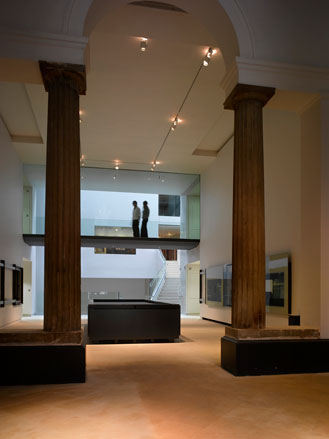
The Ashmolean museum in Oxford, once a dusty old labyrinth of higgledy piggledy rooms and illogical corridors, has been transformed almost beyond recognition in a £61m renovation by Rick Mather Architects.
The result - a light-infused six-level palatial showcase - not only doubles the exhibition space available to the museum, but also opens it up to a wider audience and allows an airing for previously unseen collections and artefacts.
And what artefacts they are: already home to the world’s best collection of pre-dynastic Egyptian materials and the largest and most important collection of Raphael drawings in the world, the Ashmolean can now boast a number of ‘new’ star attractions, including – our personal favourite – Laurence of Arabia’s robes.
The oldest museum in the oldest university in the English speaking world, the Ashmolean offers people – and Oxford’s aspiring academia – to be taught from the objects of history just as the Bodlean Library offer the opportunity to be taught from the texts.
Briefed simply to expand the space, Rick Mather explains he wanted to avoid doing a pastiche of the existing neoclassical Charles Cockerell structure because he felt it would “be an insult to him” and also it would have “looked stupid”.
Instead the solution is an elegant contemporary extension consisting of a rhythmic series of double and single height spaces, connected with mezzanines, panoptic windows and footbridges.
At every point the visitor is made to feel as though there is a way through and a connection to the outside world – avoiding the trapped feeling the old museum engendered. Here, “You always know you have an escape,” says Mather.
Receive our daily digest of inspiration, escapism and design stories from around the world direct to your inbox.
Not that many people will be itching to leave the space, with its fascinating collections. Another of the previously unseen pieces, recently acquired by the museum, is the Titian painting ‘Amor Vincit Omnia’ – or ‘Love Conquers All’ – not seen in public since 1960.
Inside the new galleries the museum’s curators have worked with design company Metaphor to reorganise the collections in a new way, somewhat controversially forcing people to read the objects in a new context.
The strategy, called “Crossing Cultures Crossing Borders” deals with an exchange of cultural styles and objects and aims to show an interrelated world culture through history and demonstrate how civilisations developed alongside each other.
Bound to meet some scepticism amongst traditionalists, the concept works better in practice than we first expected – far from juxtaposing objects, it instead creates a seamless sequence between the galleries.
Described by the New York Times as the “$100m Museum”, the renovation has also brought the city of dreaming spires its first rooftop restaurant, reached via a cascading staircase that runs up through the new atrium.
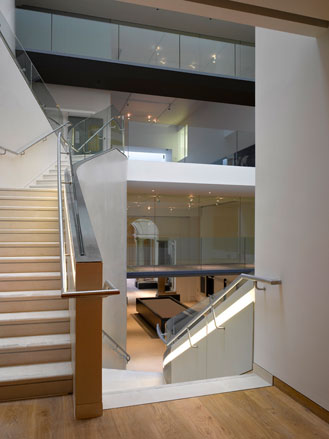
Mezzanines, panoptic windows and footbridges connect the rooms
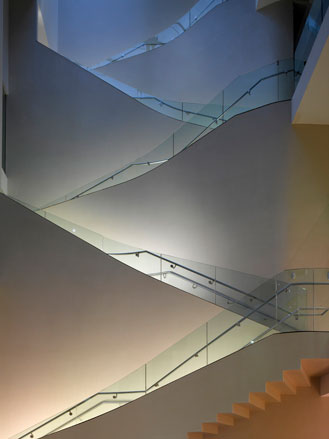
The cascading staircase that runs up through the new atrium
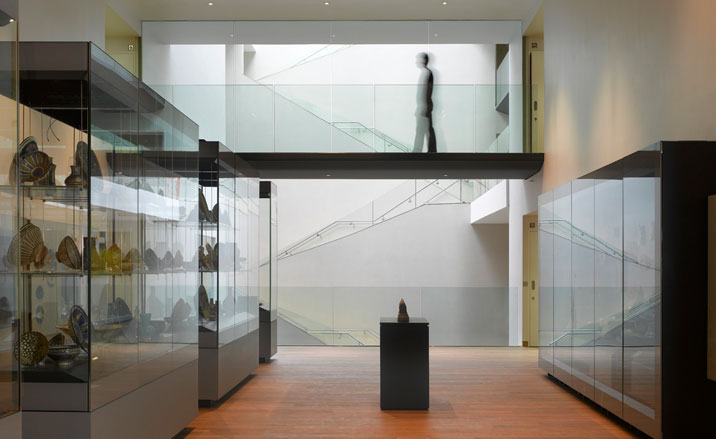
The renovation allows an airing for previously unseen collections and artefacts
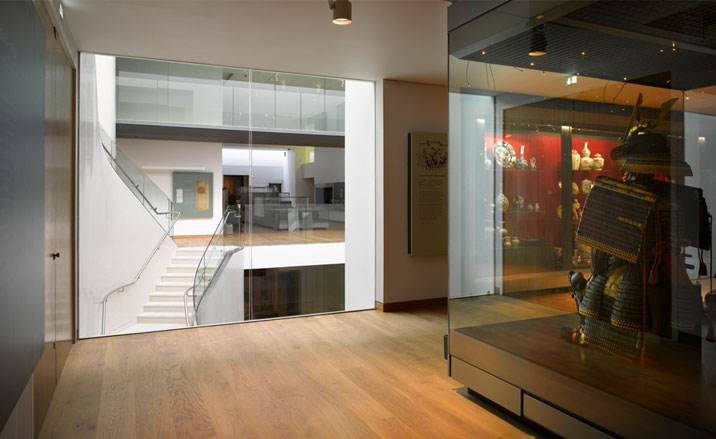
Exhibition space available to the museum has been doubled
Ellie Stathaki is the Architecture & Environment Director at Wallpaper*. She trained as an architect at the Aristotle University of Thessaloniki in Greece and studied architectural history at the Bartlett in London. Now an established journalist, she has been a member of the Wallpaper* team since 2006, visiting buildings across the globe and interviewing leading architects such as Tadao Ando and Rem Koolhaas. Ellie has also taken part in judging panels, moderated events, curated shows and contributed in books, such as The Contemporary House (Thames & Hudson, 2018), Glenn Sestig Architecture Diary (2020) and House London (2022).
-
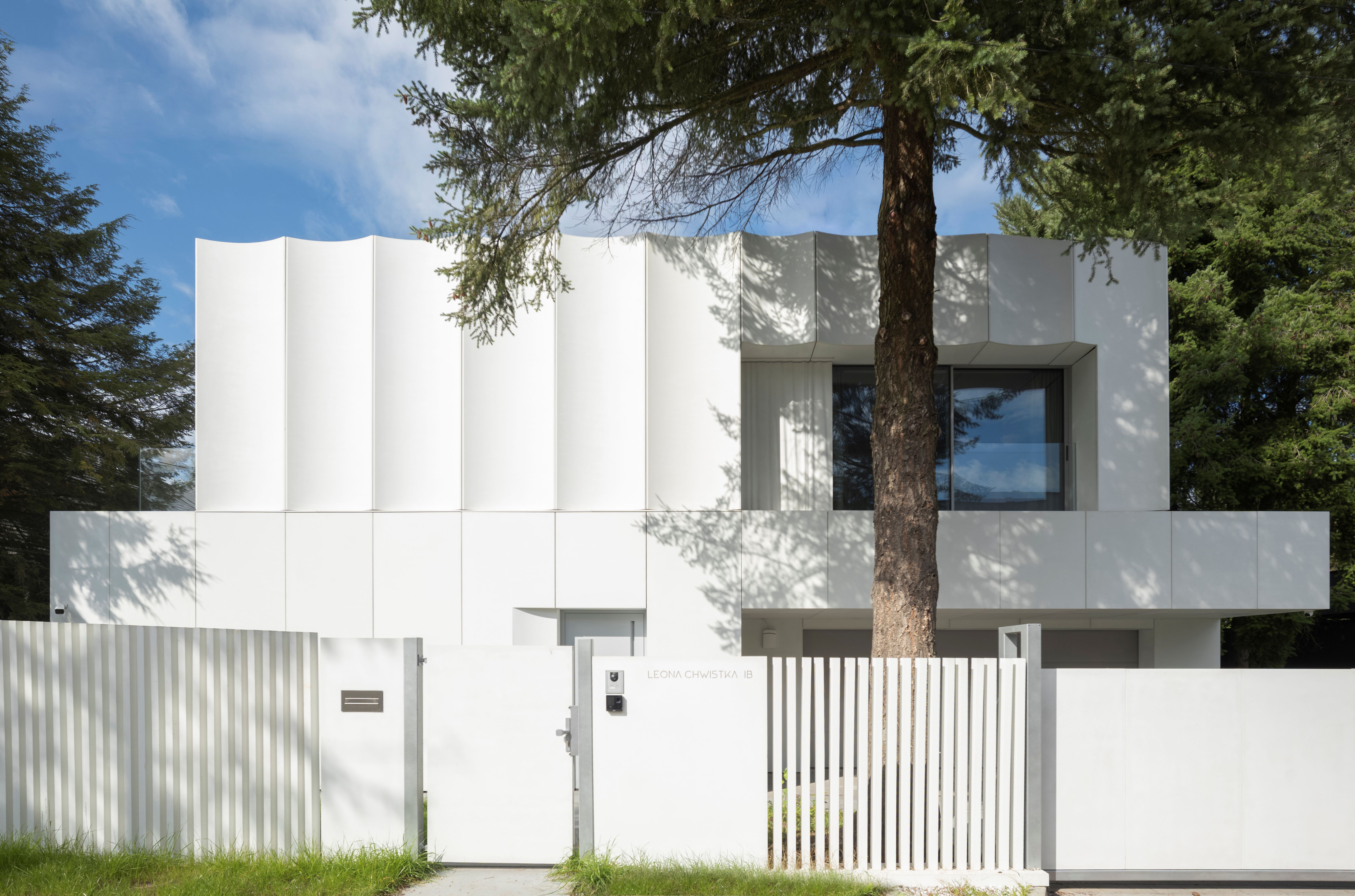 Like a modernist iceberg, this Krakow house has a perfectly chiselled façade
Like a modernist iceberg, this Krakow house has a perfectly chiselled façadeA Krakow house by Polish architecture studio UCEES unites brutalist materialities with modernist form
-
 Leo Costelloe turns the kitchen into a site of fantasy and unease
Leo Costelloe turns the kitchen into a site of fantasy and uneaseFor Frieze week, Costelloe transforms everyday domesticity into something intimate, surreal and faintly haunted at The Shop at Sadie Coles
-
 Can surrealism be erotic? Yes if women can reclaim their power, says a London exhibition
Can surrealism be erotic? Yes if women can reclaim their power, says a London exhibition‘Unveiled Desires: Fetish & The Erotic in Surrealism, 1924–Today’ at London’s Richard Saltoun gallery examines the role of desire in the avant-garde movement
-
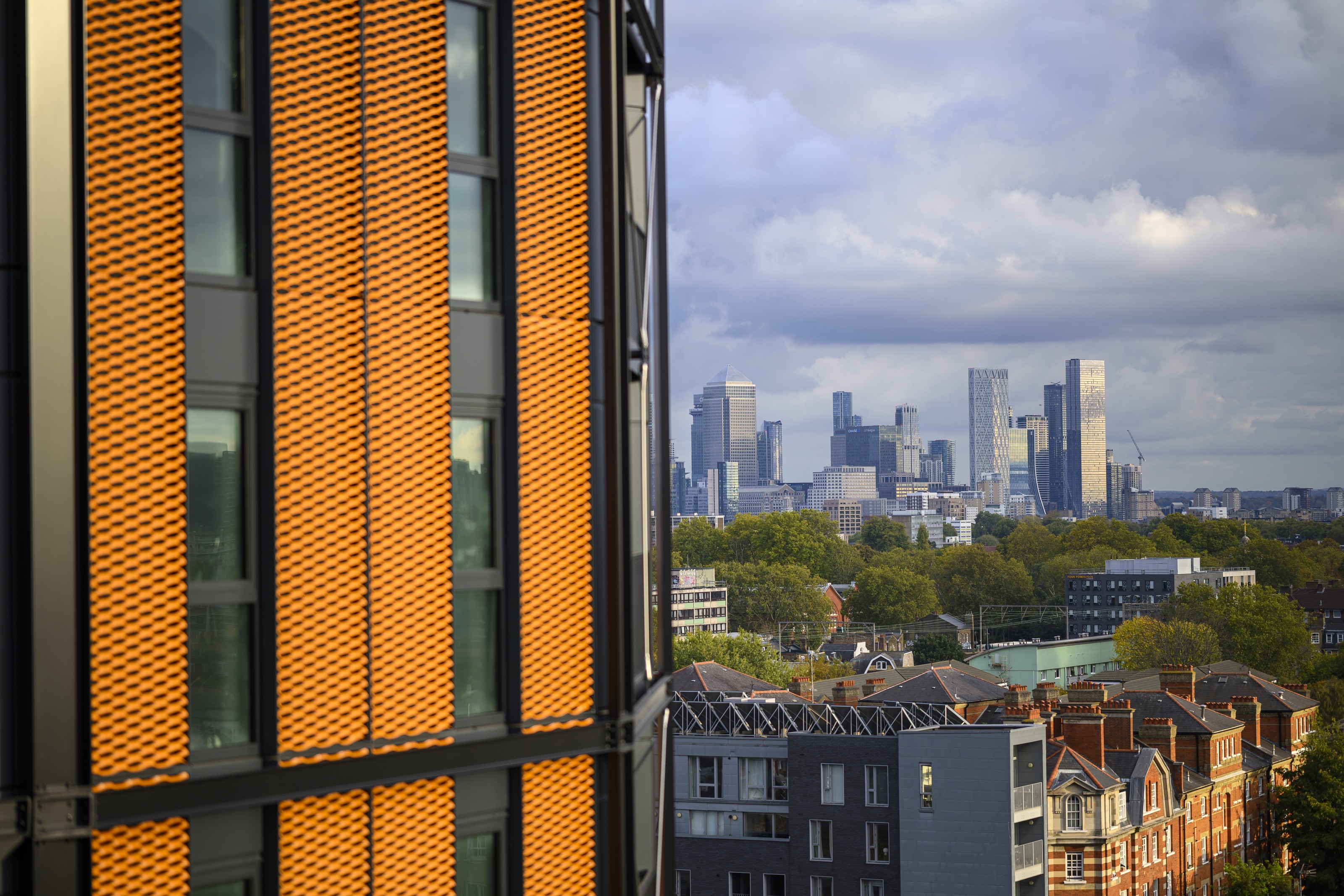 Join us on a first look inside Regent’s View, the revamped canalside gasholder project in London
Join us on a first look inside Regent’s View, the revamped canalside gasholder project in LondonRegent's View, the RSHP-designed development for St William, situated on a former gasholder site on a canal in east London, has just completed its first phase
-
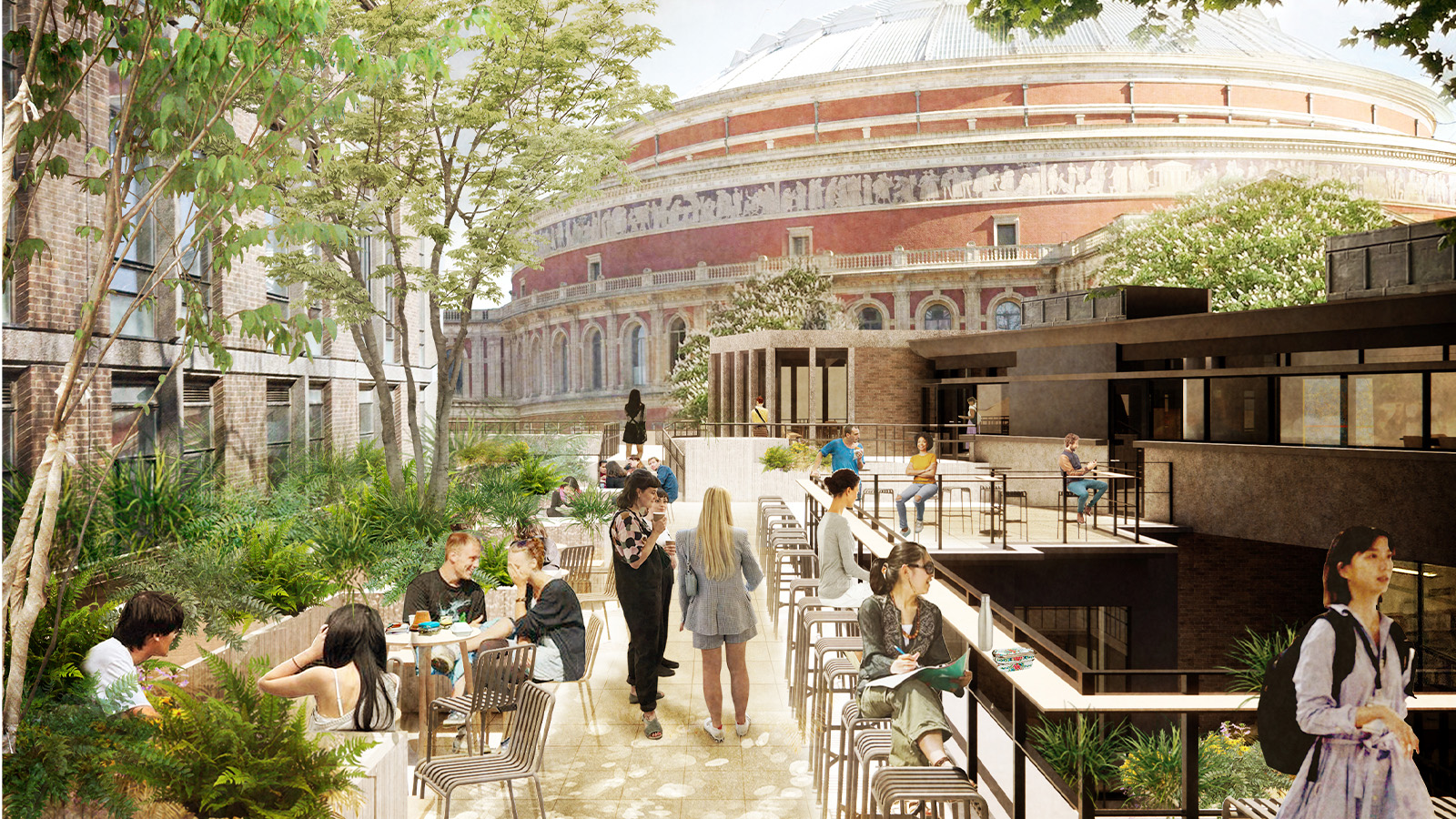 The Royal College of Art has announced plans for renewal of its Kensington campus
The Royal College of Art has announced plans for renewal of its Kensington campusThe Royal College of Art project, led by Witherford Watson Mann Architects, includes the revitalisation of the Darwin Building and more, in the hopes of establishing an open and future-facing place of creativity
-
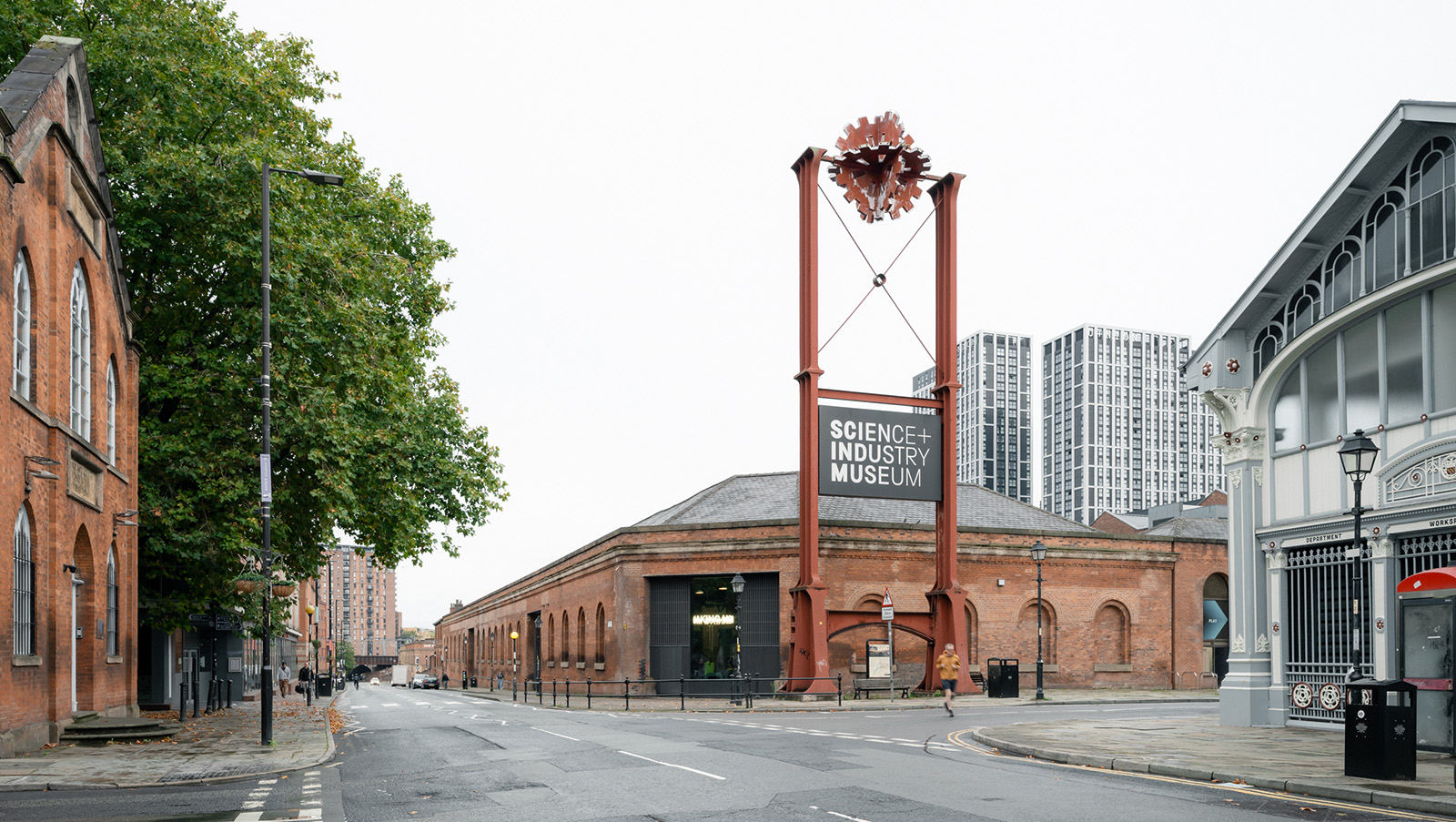 Power Hall’s glow-up shines light on science and innovation in Manchester
Power Hall’s glow-up shines light on science and innovation in ManchesterPower Hall at The Science and Industry Museum in Manchester was given a spruce-up by Carmody Groarke, showcasing the past and future of machines, engineering and sustainable architecture
-
 Celebrate the angular joys of 'Brutal Scotland', a new book from Simon Phipps
Celebrate the angular joys of 'Brutal Scotland', a new book from Simon Phipps'Brutal Scotland' chronicles one country’s relationship with concrete; is brutalism an architectural bogeyman or a monument to a lost era of aspirational community design?
-
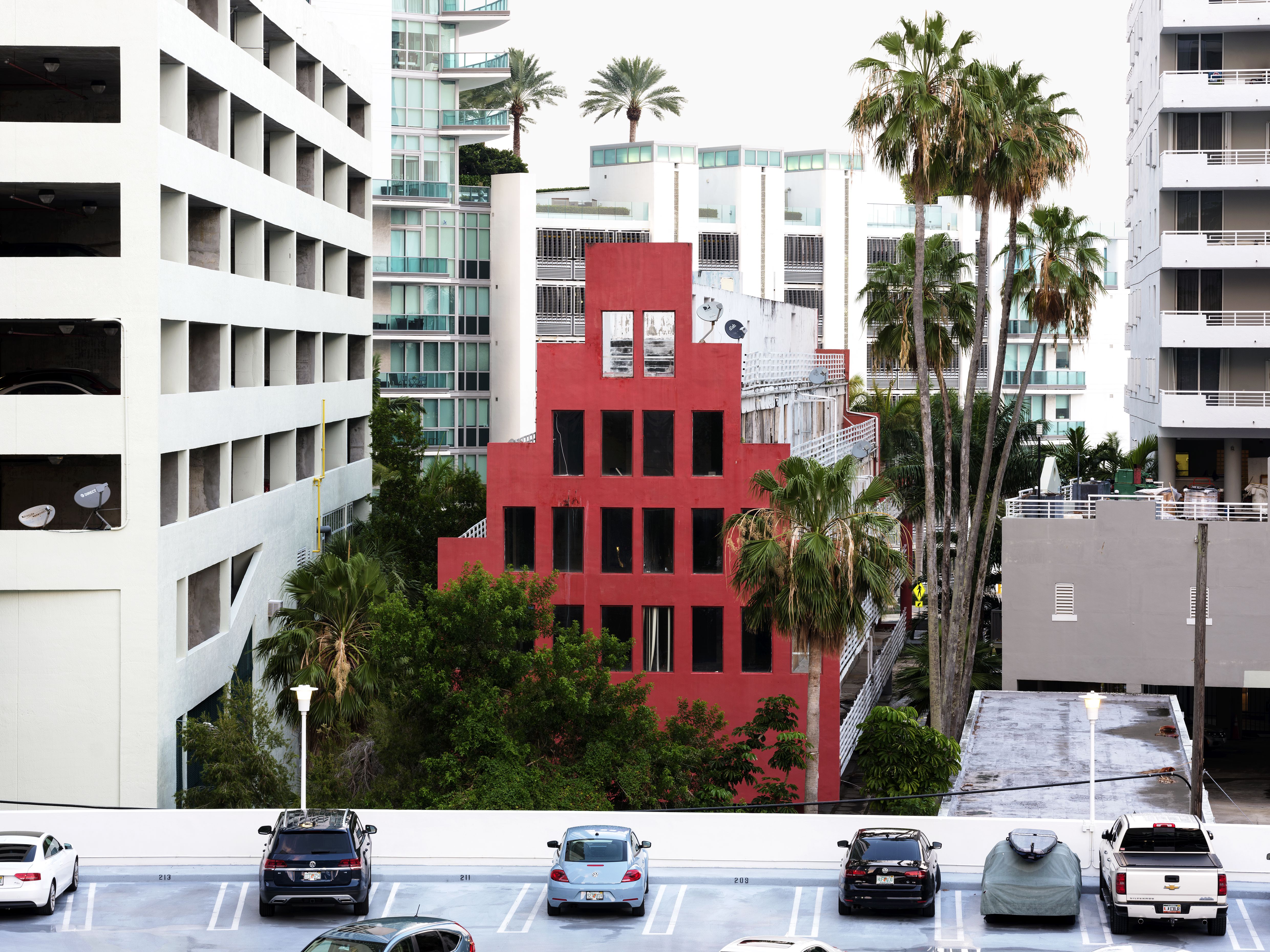 Max Creasy on the future of architectural photography and a shift to the ‘snapshot’
Max Creasy on the future of architectural photography and a shift to the ‘snapshot’A show of photographer Max Creasy’s work opens at the AA in London, asking a key question: where is contemporary architectural photography heading?
-
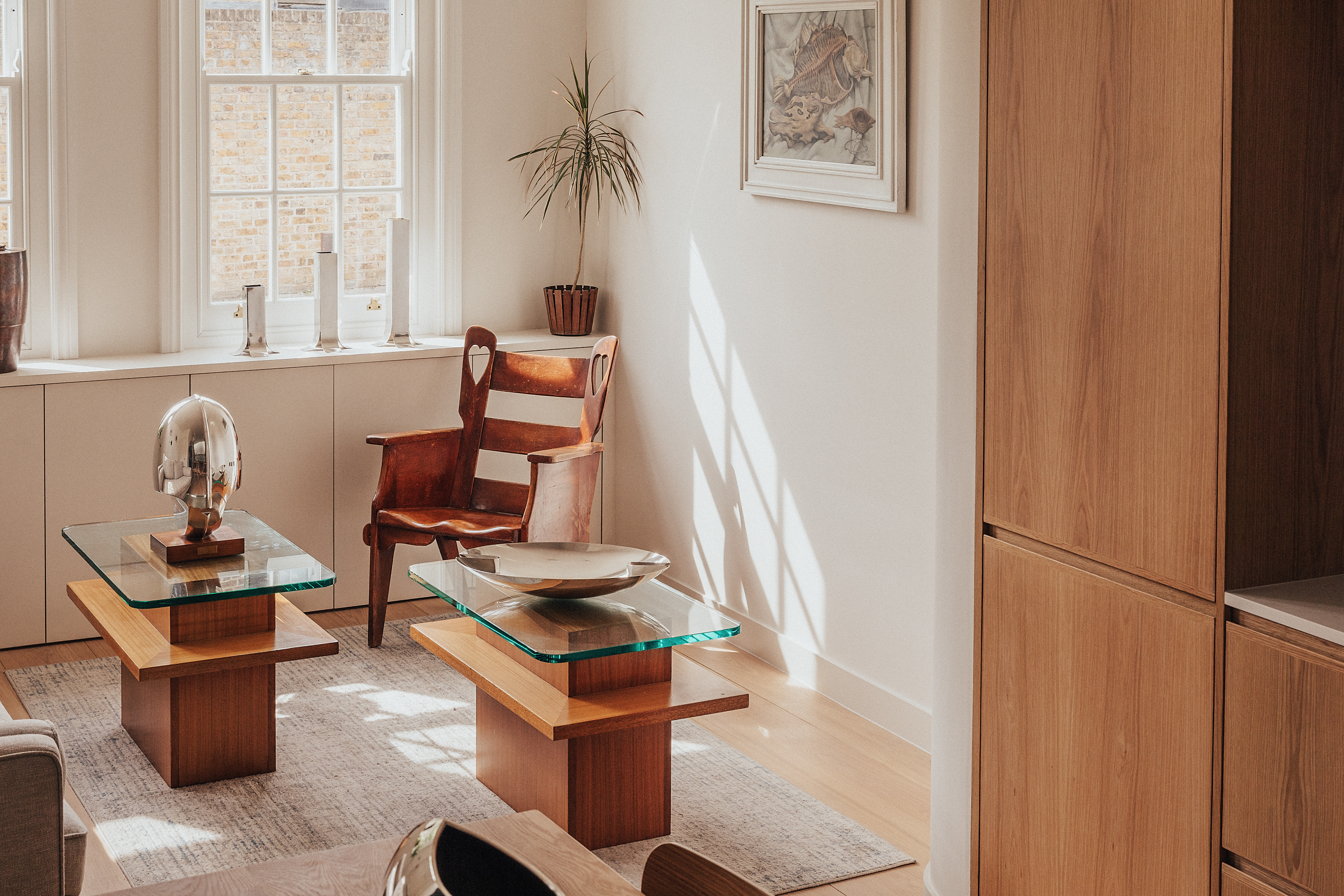 Tour this immaculately composed Islington house for an art collector who loves entertaining
Tour this immaculately composed Islington house for an art collector who loves entertainingAn Islington house by Emil Eve Architects, on coveted Thornhill Road, combines warm minimalism and some expert spatial planning
-
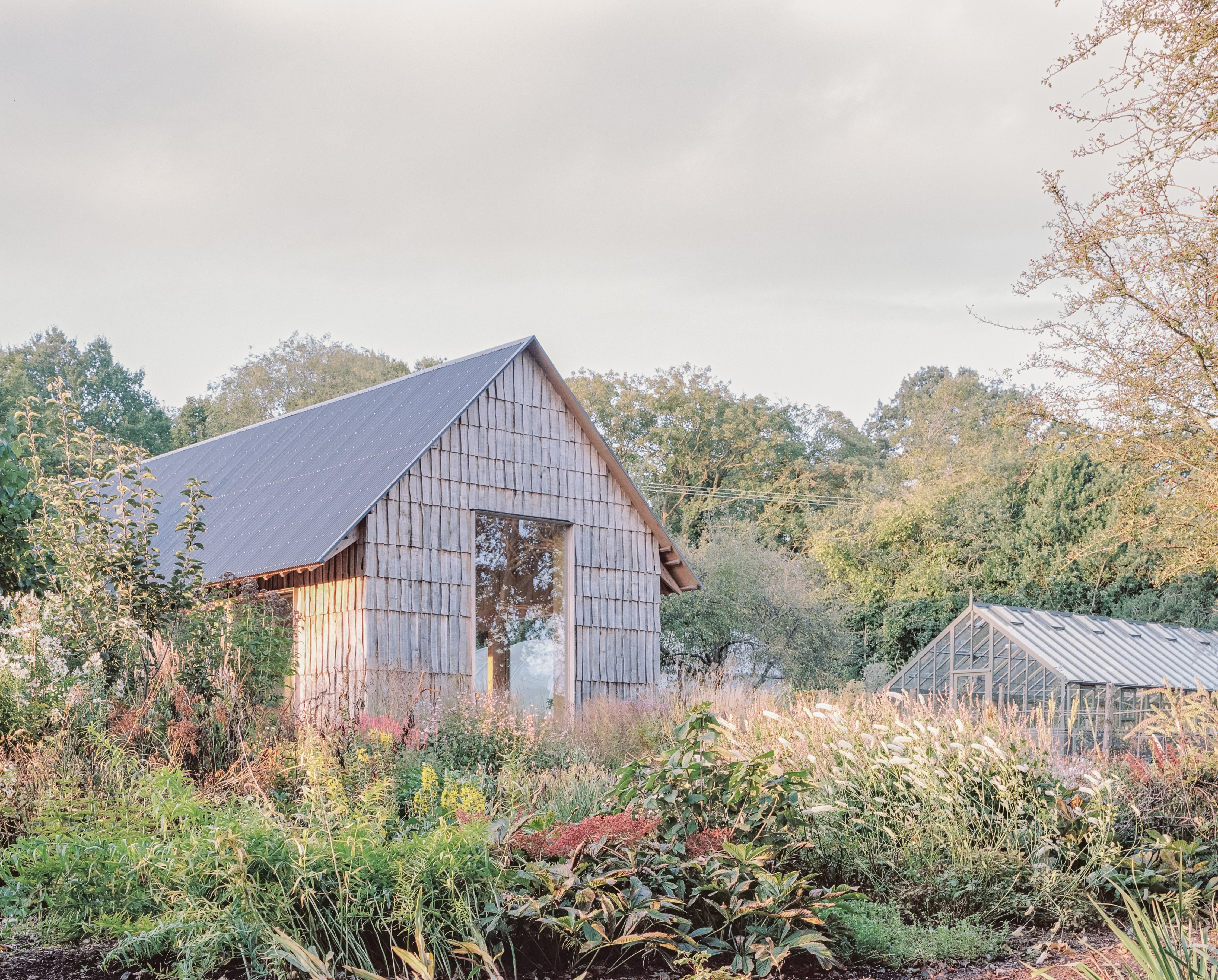 Inside the Apple House, the sustainable centrepiece of Tom Stuart-Smith's gardening Eden
Inside the Apple House, the sustainable centrepiece of Tom Stuart-Smith's gardening EdenThe mission? To explore and celebrate the ways in which nature can impact well-being
-
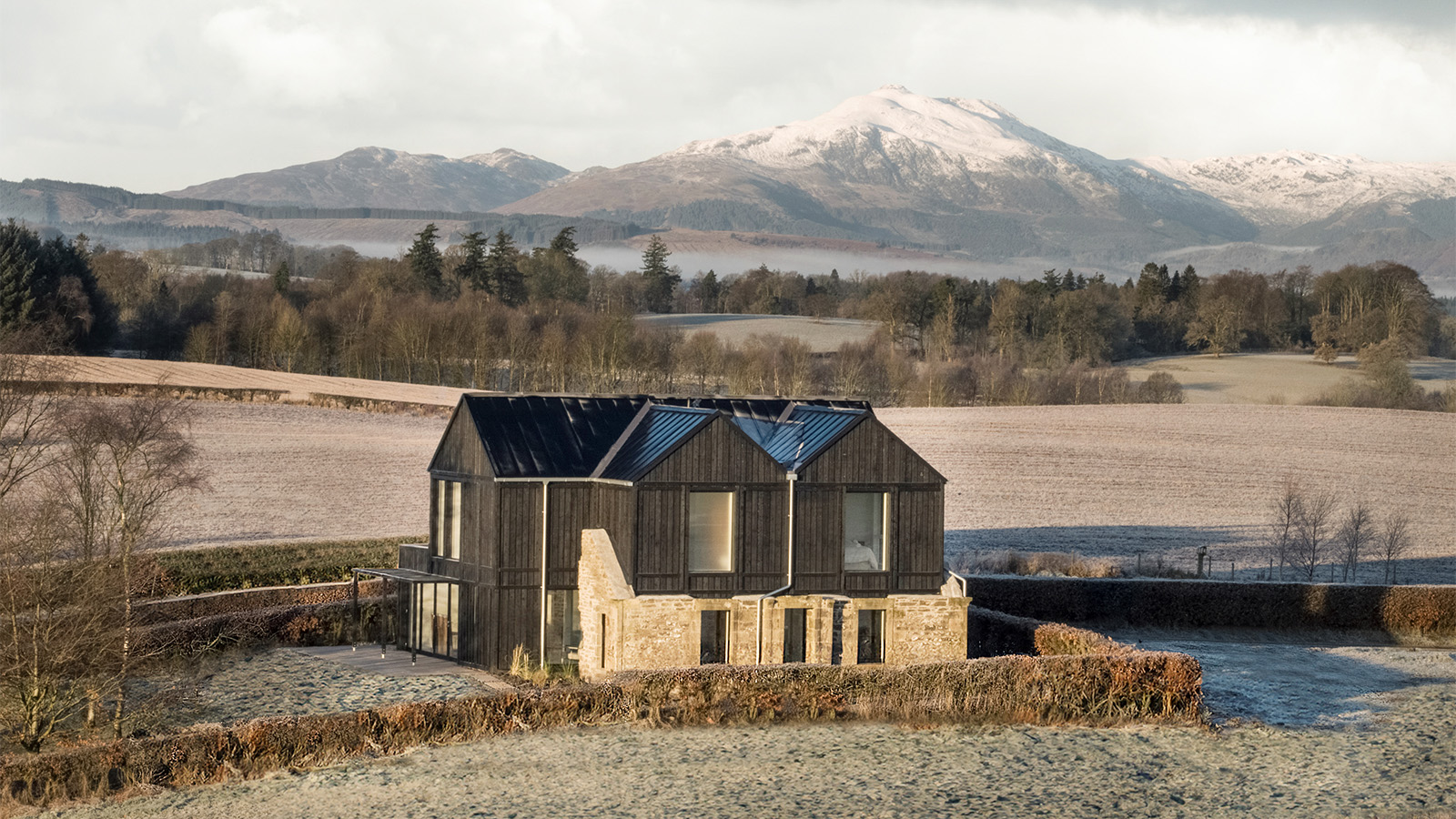 In Scotland, a derelict farmer’s cottage turns contemporary home
In Scotland, a derelict farmer’s cottage turns contemporary homeBlack and Stone is the reimagining of a 1930s farmer’s cottage that celebrates its historic nature and Scotland’s dramatic scenery